Fix: Unable to Rollback to Windows 8.1 From Windows 10 on Surface Pro 3
5 min. read
Updated on
Read our disclosure page to find out how can you help Windows Report sustain the editorial team. Read more
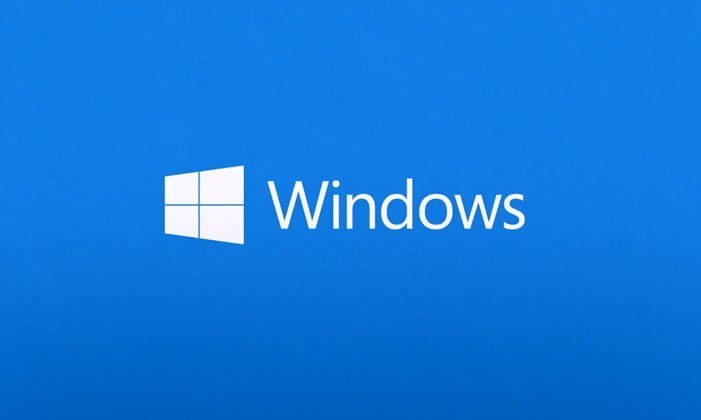
Users can test the new Windows 10 Technical Preview on various Microsoft platforms, and Surface Pro 3 is one of them. But what if you have decided to stop using Windows 10 Technical Preview and go back to Windows 8.1, but your rollback feature doesn’t work? Don’t worry, we have a solution for that.
Even people from Microsoft doesn’t recommend you to use Windows 10 Technical Preview as your everyday operating system, because it’s still has a lot of bugs (Microsoft also watches your every click with Windows 10, but that’s other story). One of the reported bugs is the error with Windows 10 rollback tool, as some users were unable to bring their old versions of Windows with it. Luckily, if you’re testing Windows 10 Technical Preview with Surface Pro 3, there’s an alternative solution if your rollback tool doesn’t work.
Every Surface device comes with a recovery image that allows you to reset your Surface to its factory settings. You can use this recovery image to create a recovery drive and and then install the factory version of Windows that came along with your Surface Pro 3. Recovery image requires 16GB of space, so using a 32GB USB flash drive is probably the best option.
First you’re going to need to create a recovery drive, and here’s how to do that:
- Connect the power supply to Surface and plug into an electrical outlet
- Insert the USB drive with your recovery image into the USB port on your Surface
- Swipe in from the right edge of the screen, and then tap Search
- In the search box, write recovery, and tap or click Recovery from the search results, and then tap or click Create a recovery drive
- In the User Account Control dialog box, tap or click Yes
- Tap or click to select Copy the recovery partition from the PC to the recovery drive, and then, tap or click Next
- Tap or click the USB drive you want to use, and then tap or click Next
- Tap or click Create. The recovery image and necessary recovery tools will be copied to your USB drive. Your Surface must stay awake during the copy process, which will take 10 to 15 minutes
- After the recovery tools are copied to your USB flash drive, do one of the following:
- Tap or click Finish if you want to keep the recovery tools on your Surface
Tap or click Delete the recovery partition if you want to remove the recovery tools from Surface and free up disk space. To confirm, tap or click Delete, and when removal is complete, tap or click Finish
- Tap or click Finish if you want to keep the recovery tools on your Surface
- Remove your USB drive from Surface and keep it in a safe place
- It’s best not to use the recovery drive to store other files or data
Once you’ve created the recovery drive, you have to use it in order to uninstall Windows 10 Technical Preview and return your factory settings. To reset your operating system with USB recovery drive, follow these steps:
- Make sure that Surface is shut down and plugged in
- Insert the USB recovery drive into the USB port on Surface
- Press and hold the volume-down button while you press and release the power button on your Surface.
- When the Surface logo appears, release the volume-down button
- When prompted, select the language and keyboard layout you want
- Tap or click Troubleshoot, then tap or click Advanced Options, and then tap or click Command Prompt
- At the command prompt, type diskpart.exe and press Enter
- Type LIST DISK and press Enter
- Type SELECT DISK SYSTEM and press Enter
- Type CLEAN and press Enter
- Type EXIT and press Enter
- Close the Command Prompt by clicking the “X” in the upper right corner
- Tap or click Troubleshoot, and then tap or click Reset your PC
- On the Reset your PC screen, choose Next
- If prompted for a recovery key, tap or click Skip this drive at the bottom of the screen. O
- Tap or click Yes, repartition the drives, and on the next page, tap or click Next
- Choose either Just remove my files or Fully clean the drive. The option to clean the drive is more secure, but takes much
- longer. For example, if you are recycling your Surface, you should choose to clean the drive. If you are keeping your
- Surface, you just need to remove your files
- Tap or click Reset
- Surface will restart and the Surface logo displays while the reset process completes (this can take several minutes).
- During recovery, at American Megatrends screen, press Esc
- If the customer is shown the UEFI screen, press Save & Exit
- Once the steps are done, your Surface Pro 2 should now be back to Windows 8.1
That should be all, if you have any other questions or suggestions, write them down in the comments section below.
Read Also: Fix: Windows 10 Automatically Logs in The Last User
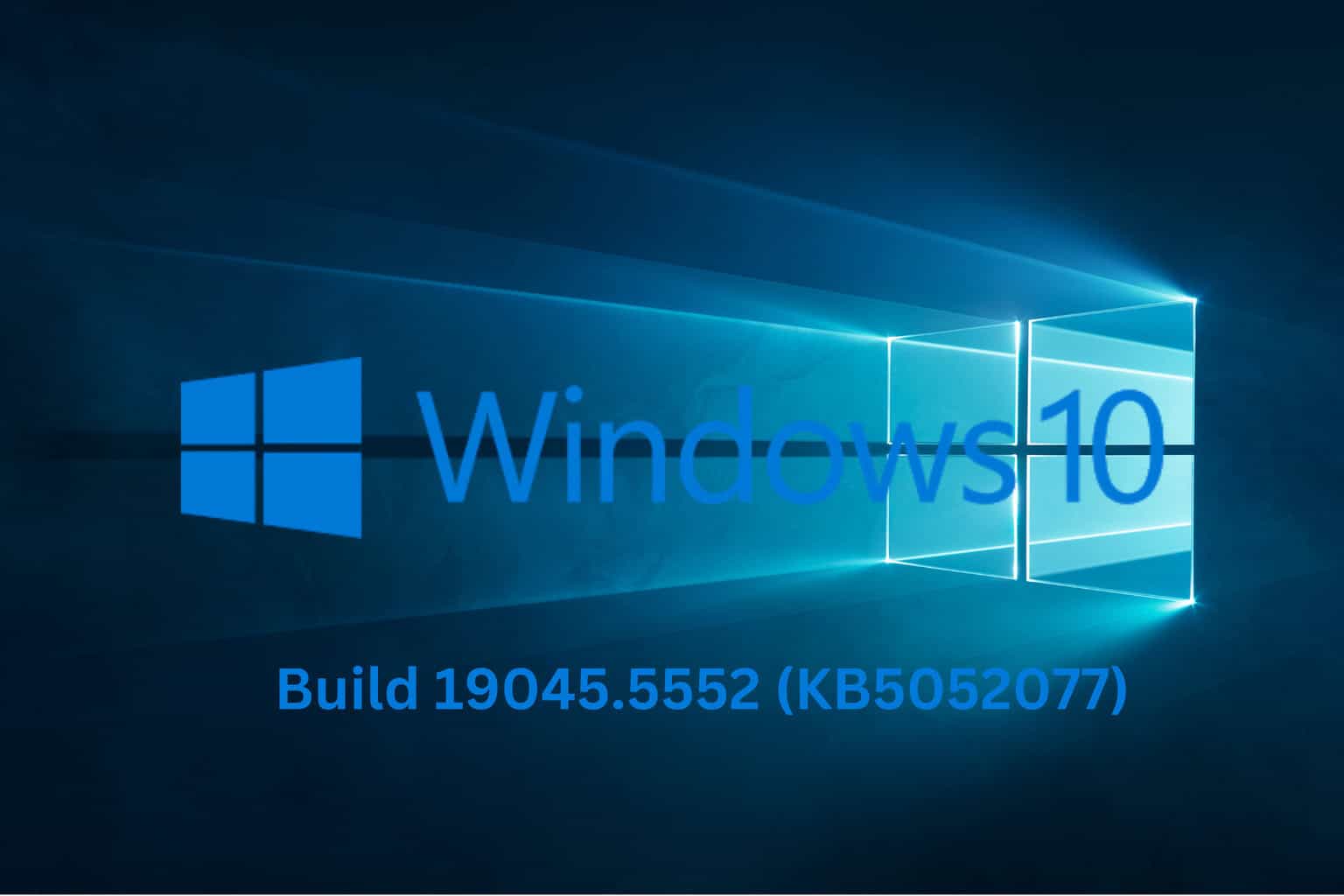
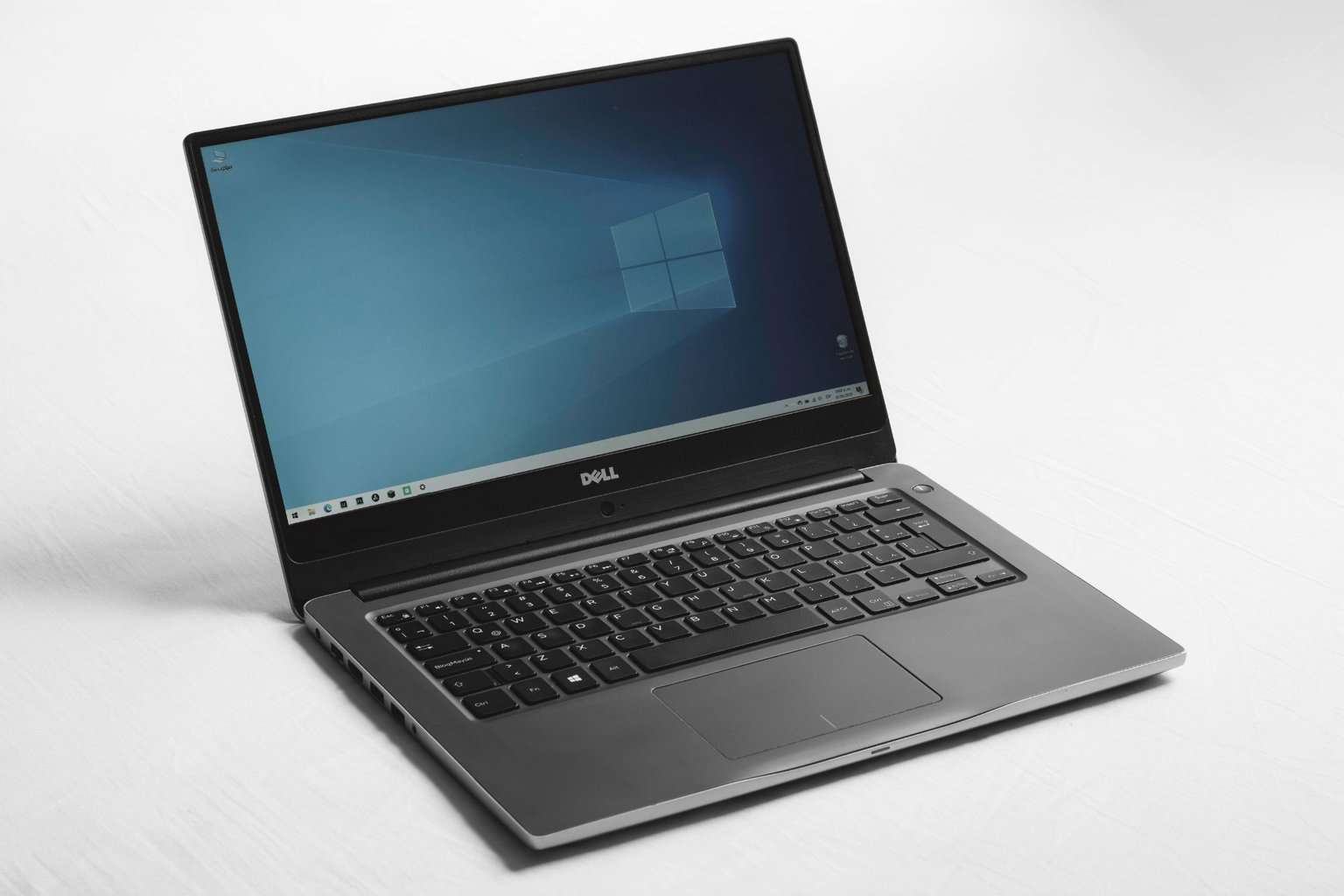
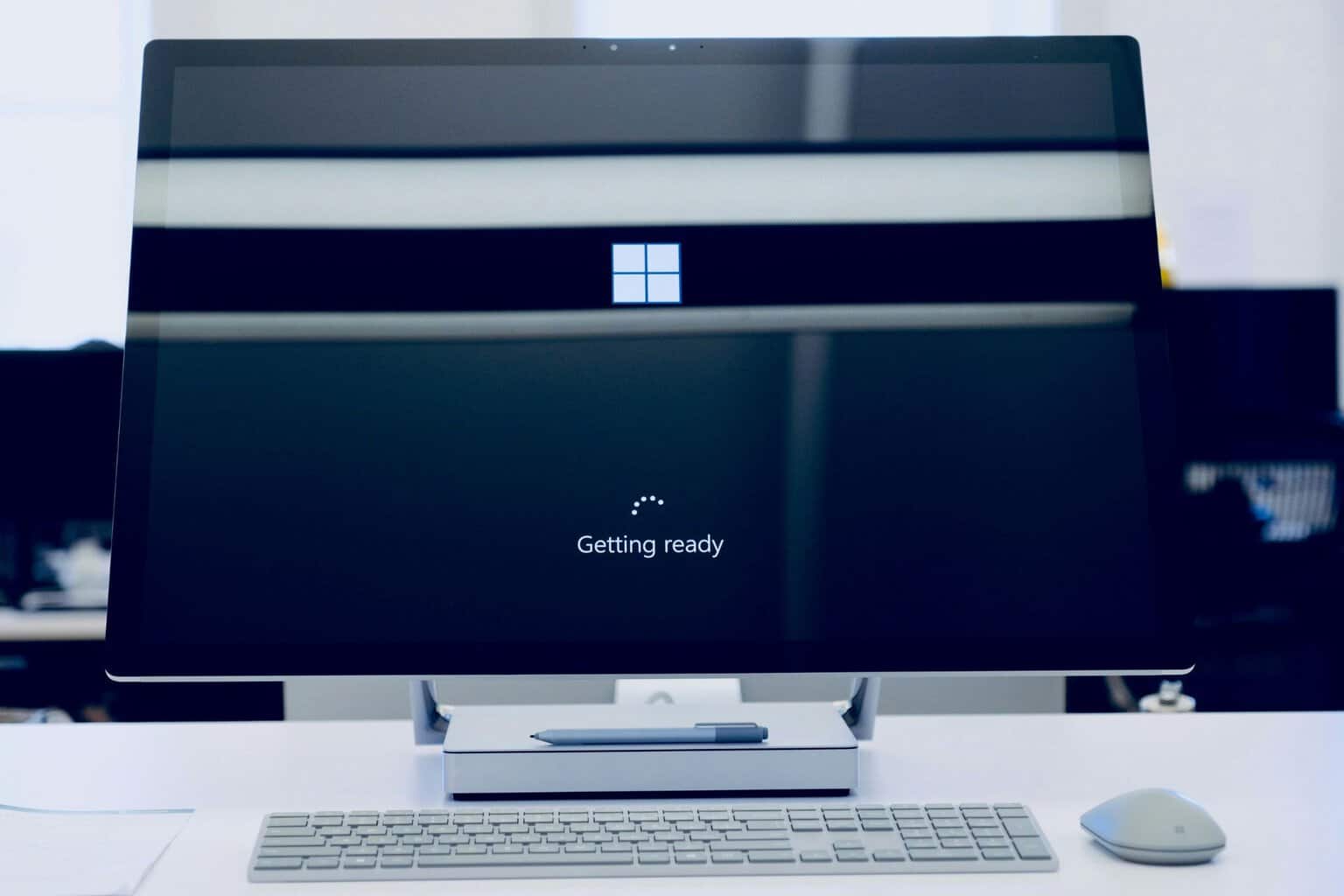

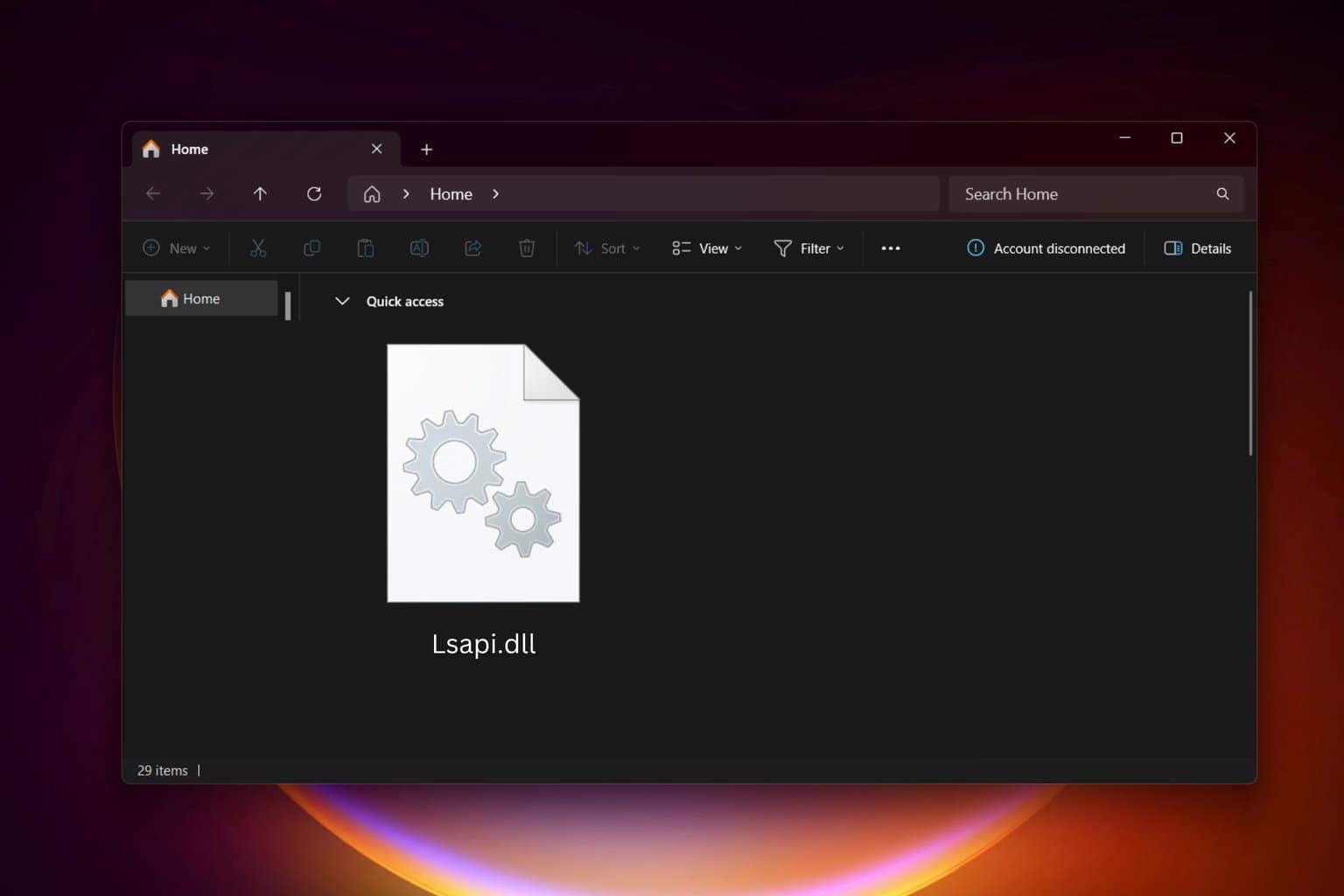
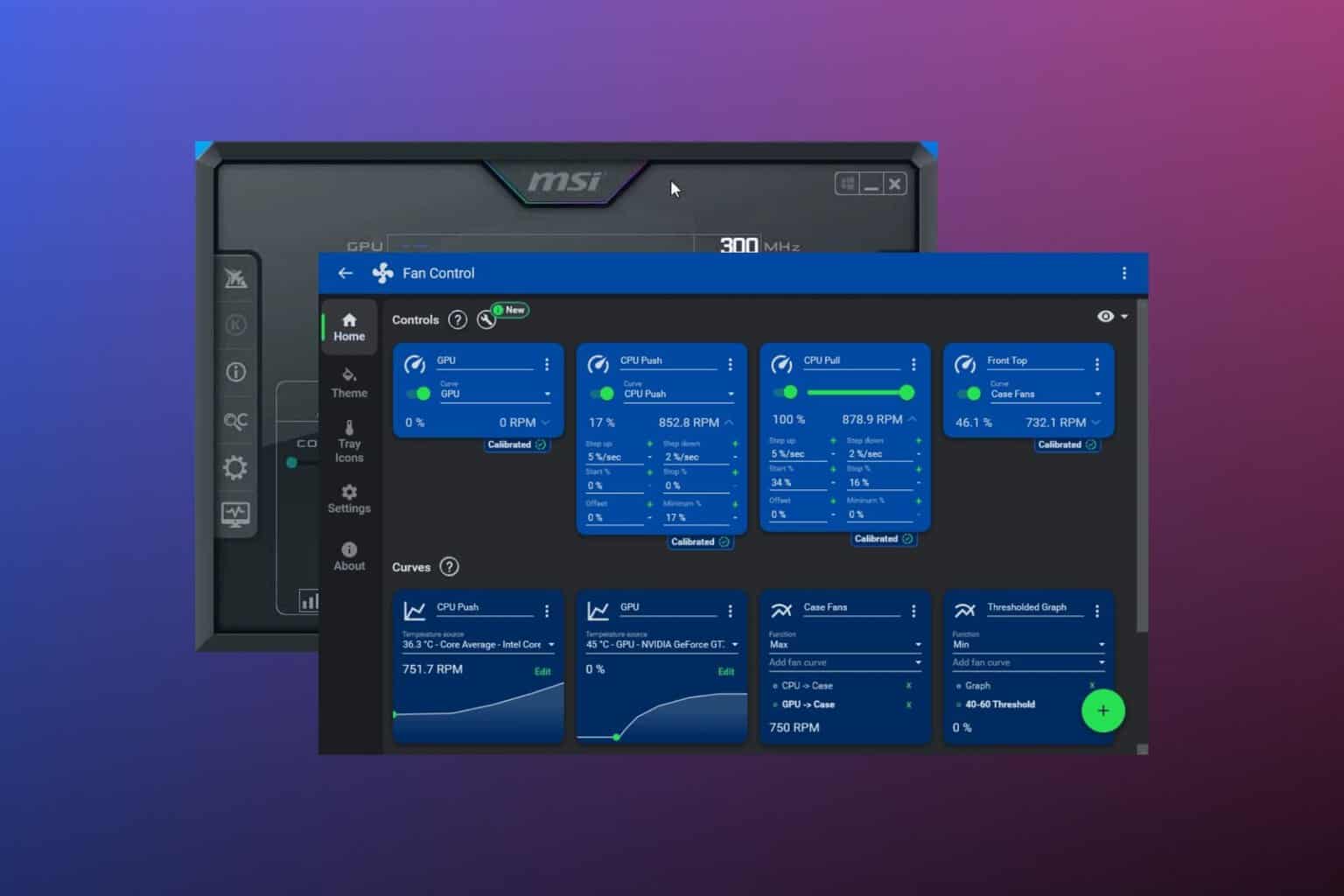
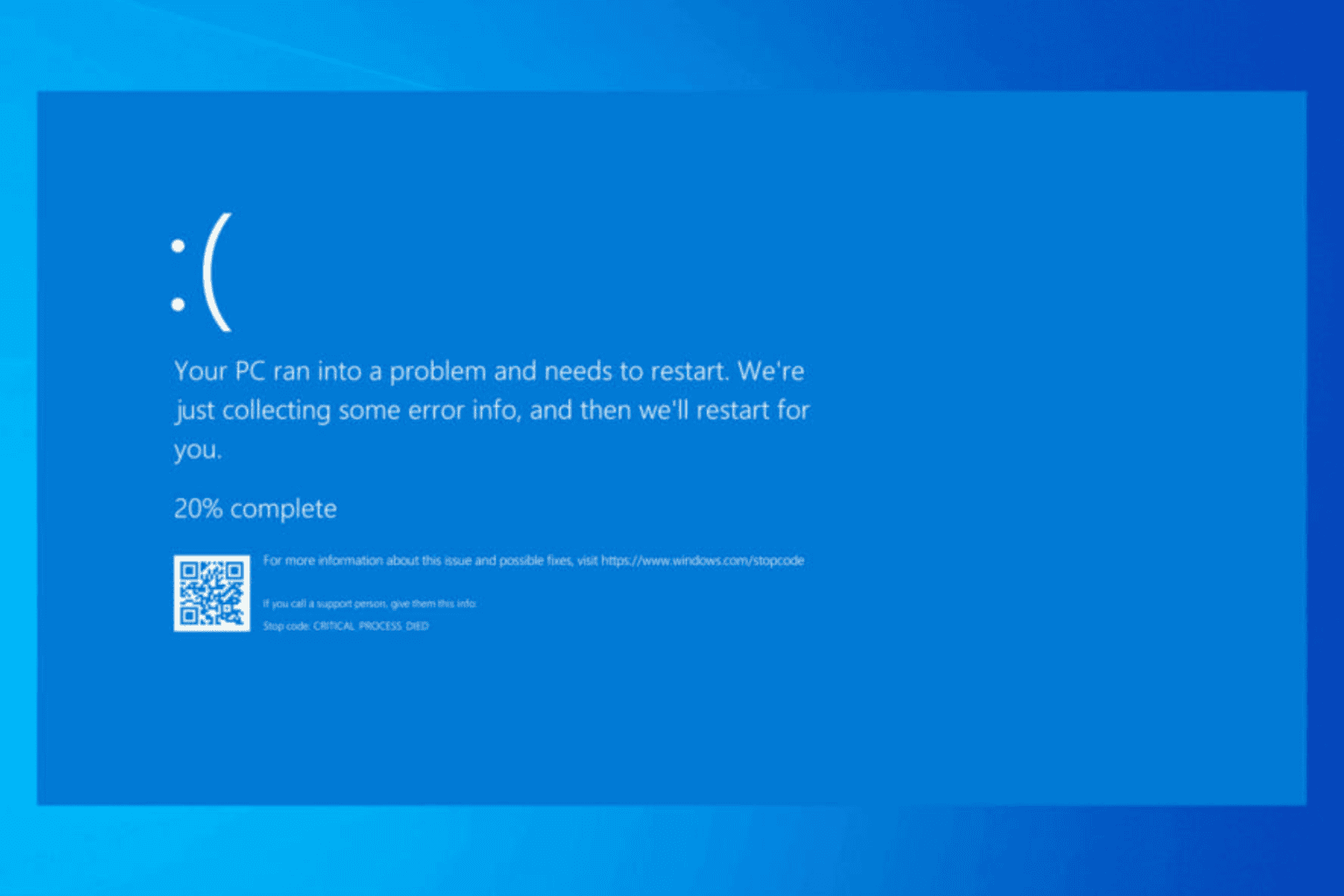

User forum
0 messages